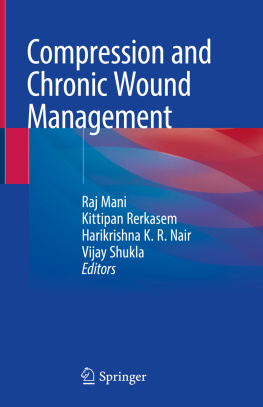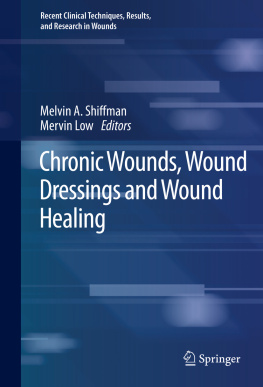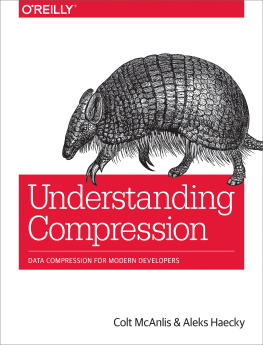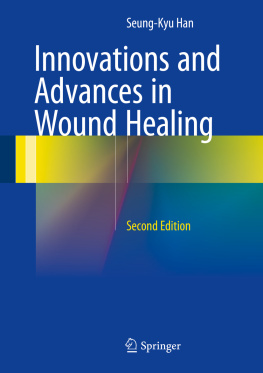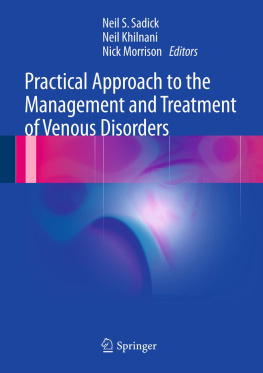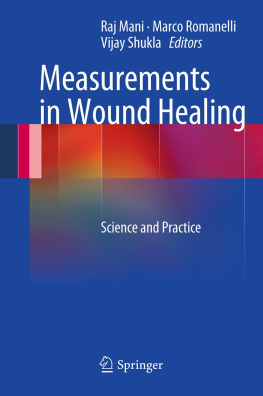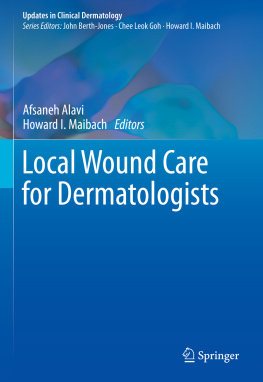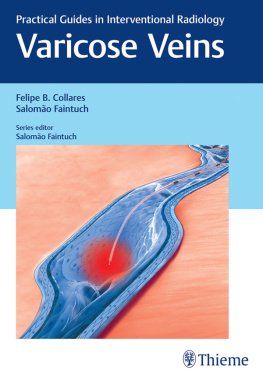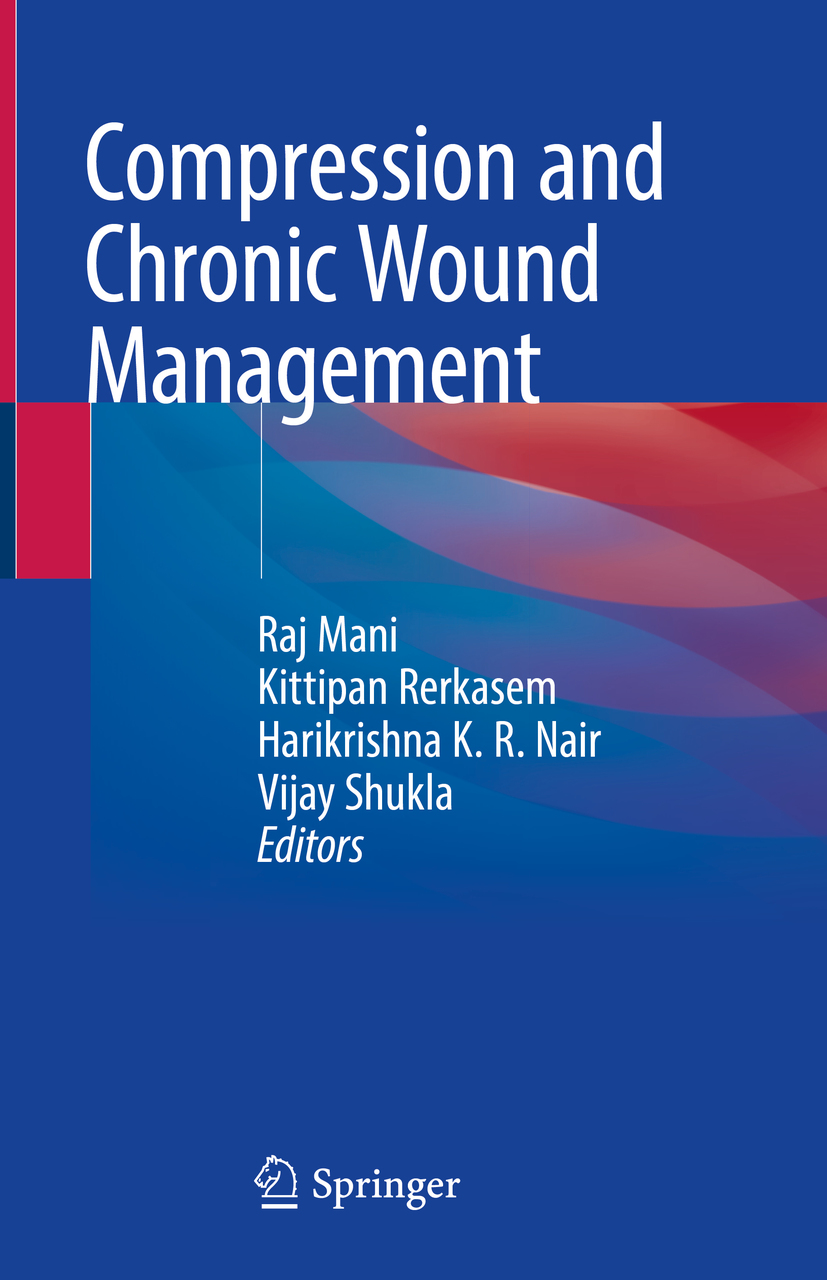Editors
Raj Mani
University of Southampton Hospital, Southampton, Hampshire, UK
Kittipan Rerkasem
Maharaj Naikom Hospital, Chiang Mai University, Chiang Mai, Thailand
Harikrishna K. R. Nair
Hospital Kuala Lumpur, Kuala Lumpur, Malaysia
Vijay Shukla
Department of General Surgery, Banaras Hindu University, Varanasi, Uttar Pradesh, India
ISBN 978-3-030-01194-9 e-ISBN 978-3-030-01195-6
https://doi.org/10.1007/978-3-030-01195-6
Library of Congress Control Number: 2018964061
Springer Nature Switzerland AG 2019
This work is subject to copyright. All rights are reserved by the Publisher, whether the whole or part of the material is concerned, specifically the rights of translation, reprinting, reuse of illustrations, recitation, broadcasting, reproduction on microfilms or in any other physical way, and transmission or information storage and retrieval, electronic adaptation, computer software, or by similar or dissimilar methodology now known or hereafter developed.
The use of general descriptive names, registered names, trademarks, service marks, etc. in this publication does not imply, even in the absence of a specific statement, that such names are exempt from the relevant protective laws and regulations and therefore free for general use.
The publisher, the authors, and the editors are safe to assume that the advice and information in this book are believed to be true and accurate at the date of publication. Neither the publisher nor the authors or the editors give a warranty, express or implied, with respect to the material contained herein or for any errors or omissions that may have been made. The publisher remains neutral with regard to jurisdictional claims in published maps and institutional affiliations.
This Springer imprint is published by the registered company Springer Nature Switzerland AG
The registered company address is: Gewerbestrasse 11, 6330 Cham, Switzerland
Preface
Compression and Chronic Wounds
Some decades ago, when the four-layer elasticated bandage (then called the Charing Cross bandage) was developed for treating venous leg ulcers, it seemed the answer to a maidens prayer. It was possible to deliver better pressures, it seemed like the bandages would hold up better and we expected improved healing rates. Of course, our nurses needed specific training, and then there was the matter of finding additional costs associated with the bandages. Good data were gathered reliably. We understood healing rates in our own areas, learnt that bulky bandages interfere with wearing shoes and, perhaps the most important of all, that replicating a perfect bandage is an art form. During this period, there was much innovation of bandaging systems: developments of bandages with more tension, with imprinted figures to guide the hand that wrapped the bandage around legs, the short-stretch bandage and so on. The knowledge that pressure beneath the bandage varies with position and ambulation and pressure-measuring sensors also appeared. A lot of this was grist to the mill for our admired friend and colleague Hugo Partsch who has emphasised the importance of measuring calf circumference and the level (B1 point) on the calf where it should be done. With all this, it continues to be reasonable to expect that compression bandaging will benefit some 50% of the population with chronic wounds. So, what becomes of the remainder? What about patients who are wheelchair bound? And others who live in the upper floors of apartments with no liftshow would they get to a clinic to be treated with compression dressings? And above all what about those with venous disease or lymphoedema? How could we reasonably advise them to wear bandages/garments over their legs in environments where the mercury rarely drops below 30 C during the day? These were arguments had by the four of us when we met in some meeting or other. And so, the idea was born to write this book.
During all this period, devices have been innovated and tried and the findings are clear. Mechanical compression does improve venous return. But will wounds heal? Do you select a wound for a device? When is its use optimally indicated?
Surgery is a vital albeit another track. Based on the latest developments and evidence, surgical management of superficial vein incompetence in Asian societies (with younger demographics), with expectations of wound healing and low recurrence, may have a great deal to offer to such patients.
Going back to the whole picture, devices are recent on the scene. There is a need for a new paradigm that brings together surgery with devices and compression bandaging. The legend of Cinderella was interesting to hear as a child: in a real world, one shoe will not fit all. If you are wondering about costs, what is the true value of device or drug? Surely it must depend on getting it to the number who need it. This book reinforces the importance of compression to treat venous disease and lymphoedema. It discusses new devices and their associated benefits. The book also offers glimpses into the use of traditional medicine systems (Ayurvedic and Chinese) to treat lymphoedema and chronic wounds.
Raj Mani
Vijay Shukla
Kittipan Rerkasem
Harikrishna K. R. Nair
Southampton, Hampshire, UK Varanasi, Uttar Pradesh, India Chiang Mai, Thailand Kuala Lumpur, Malaysia
July 2018
Contents
Naseer Ahmad , Frank Lee Bowling and Raj Mani
Hugo Partsch and Raj Mani
Georgina Gethin and Andrew Ross Cameron
Mieke Flour
Boonying Siribumrungwong , Saritphat Orrapin , Raj Mani and Kittipan Rerkasem
Harikrishna K. R. Nair
Xian Xiao , Qi Wang , Yao Huang , Pengwen Ni , Yunfei Wang and Ting Xie
V. K. Shukla and Vivek Srivastava
S. R. Narahari and K. S. Prasanna
Mark C. Richardson
Ravi Mani , Kittipan Rerkasem and Raj Mani
Joon Pio(Jp) Hong and Hyunsuk Peter Suh
Luc Tot , Marguerite Guillot Masanovic and Christine Faure-Chazelles
Contributors
Naseer Ahmad
Manchester University Foundation Trust, Manchester, UK
Translational Medicine, University of Manchester, Manchester, UK
Greater Manchester and East Cheshire Strategic Clinical Network, Manchester, UK
Frank Lee Bowling
Manchester University Foundation Trust, Manchester, UK
Translational Medicine, University of Manchester, Manchester, UK
Diabetes Task Force Lead, World Health Organization, Geneva, Switzerland
Andrew Ross Cameron
The University of Queensland, St Lucia, QLD, Australia
Christine Faure-Chazelles
Montpellier University Hospital, Montpellier Cedex, France
Mieke Flour
Dermatology, University Hospitals Leuven, Leuven, Belgium
Georgina Gethin
National University of Ireland Galway, Galway, Ireland
Joon Pio (Jp) Hong
Department of Plastic and Reconstructive Surgery, Asan Medical Center, University of Ulsan College of Medicine, Seoul, South Korea

